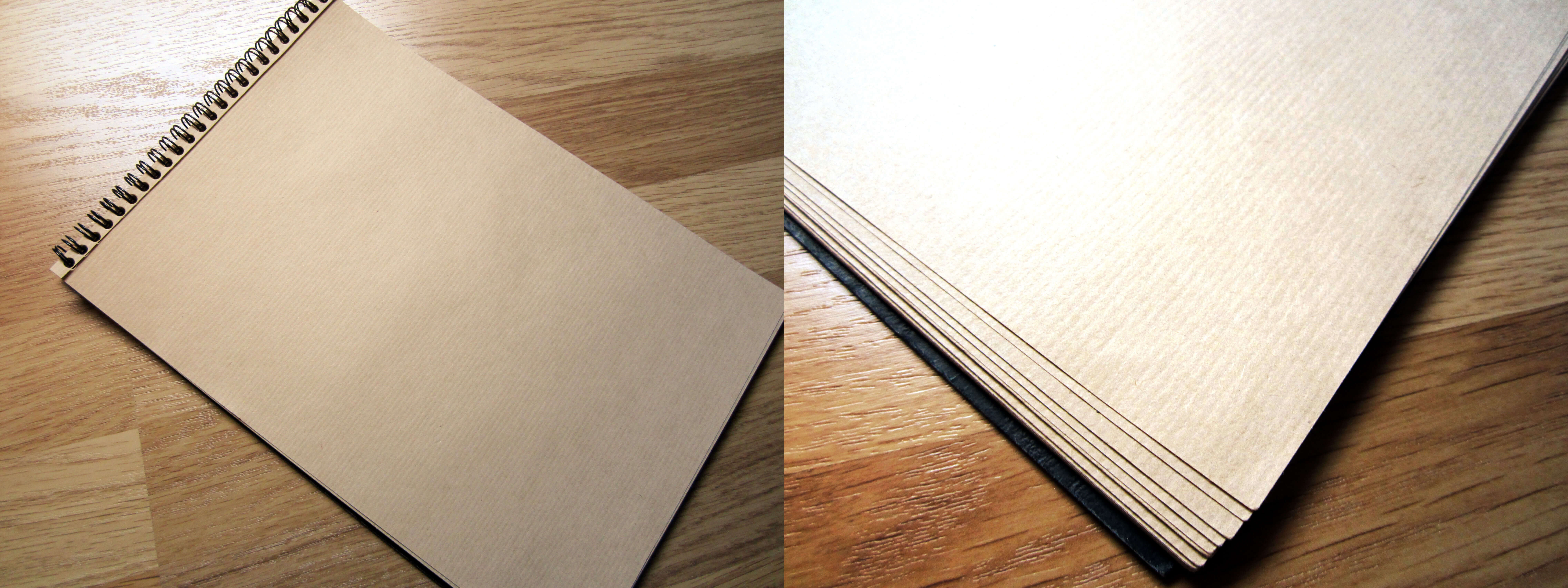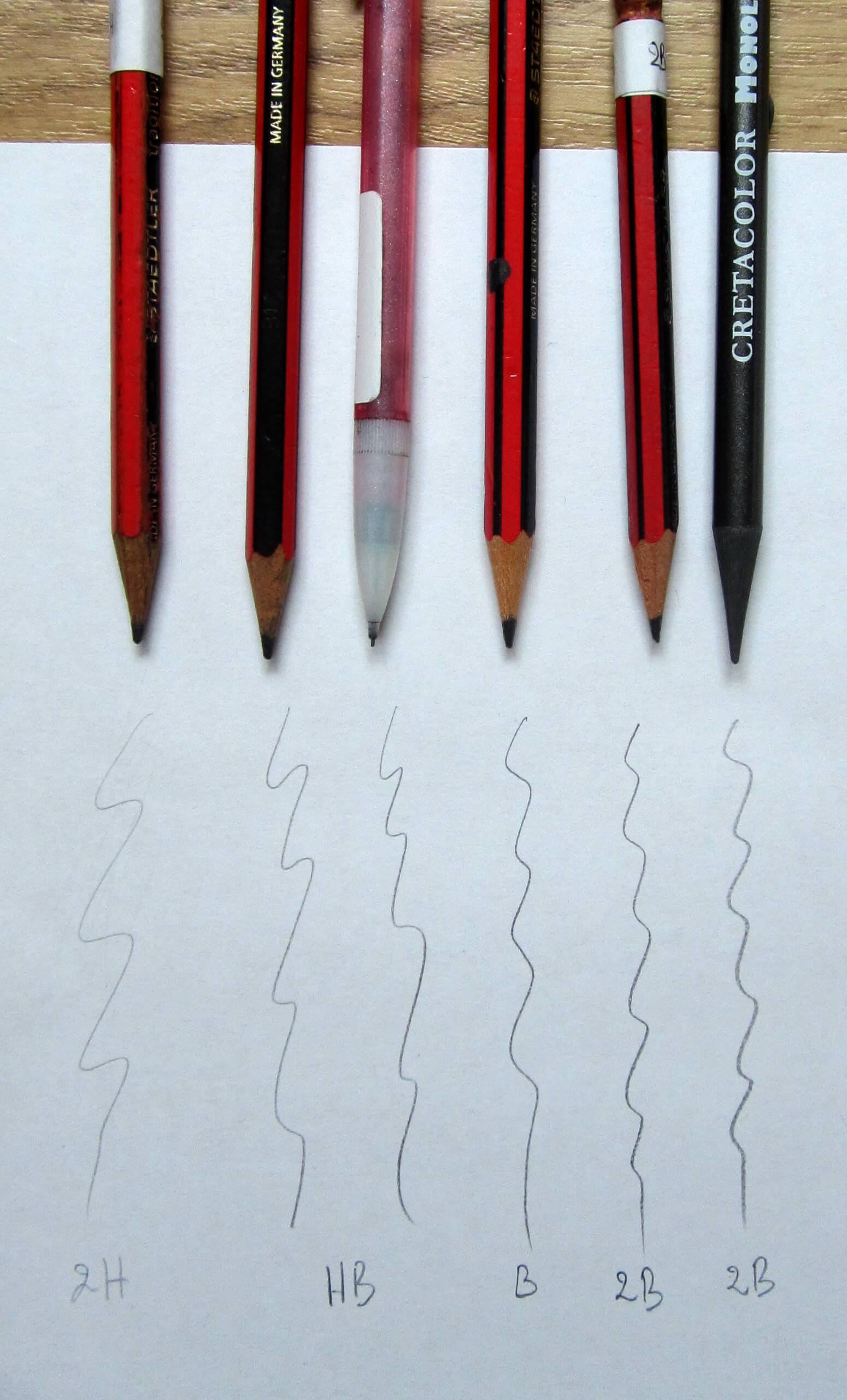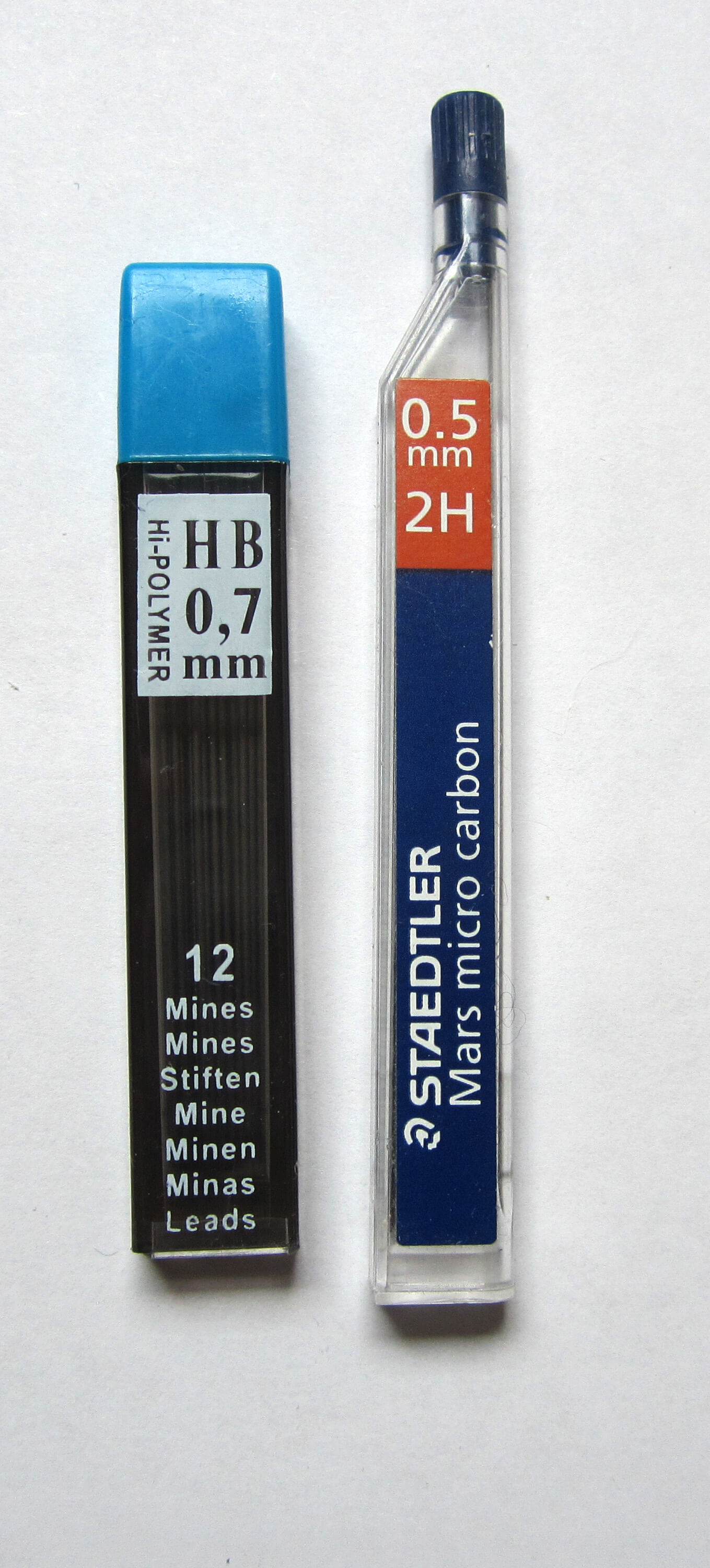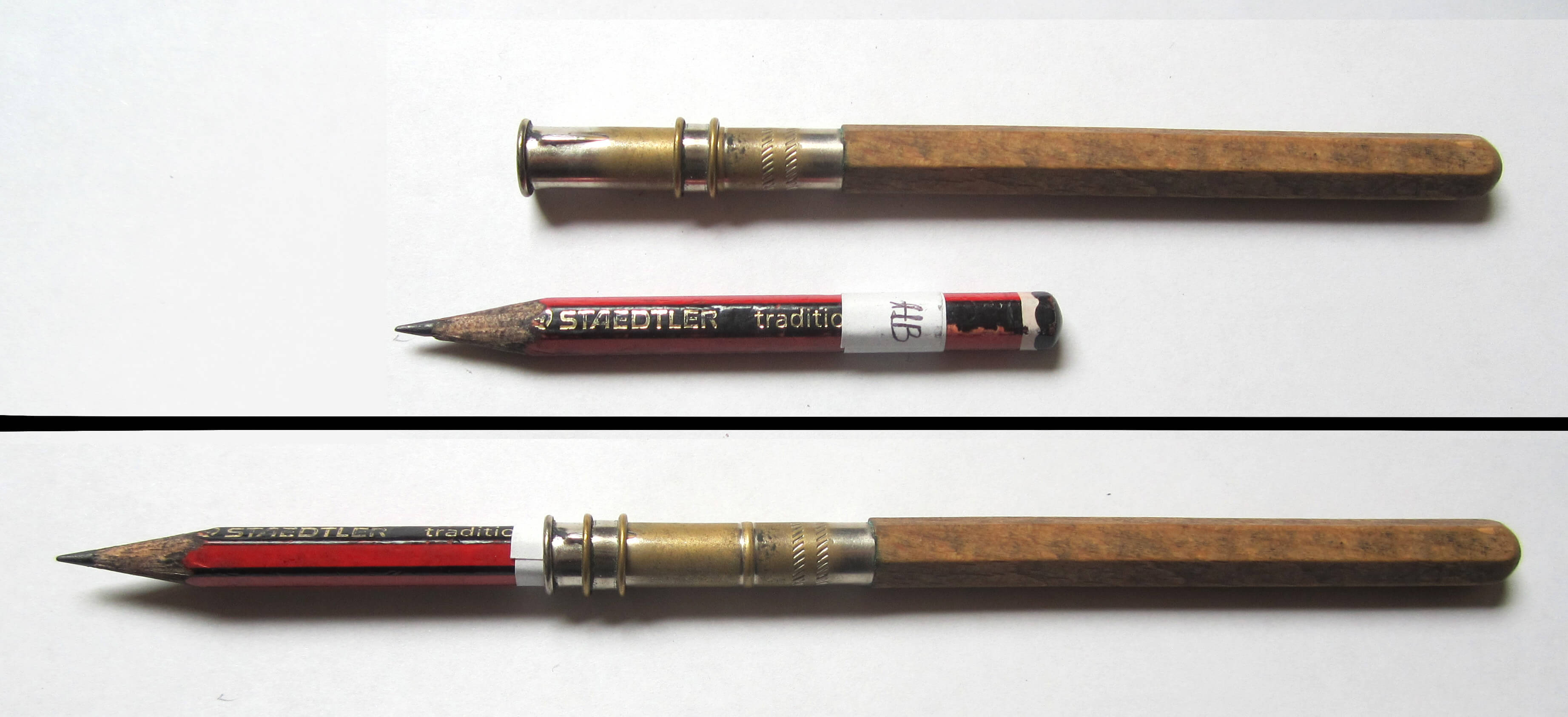Choosing Your Drawing Materials

Today we are going to address the very important topic of drawing materials. I will not go into detail about digital tools, but rather focus on traditional tools. I will also not cover tools specific to any particular work technique, which will be covered in comprehensive and detailed articles if necessary.
Let's start from the beginning:
BASIC DRAWING MATERIALS
By that I mean the essentials that you probably already have, namely: pencil, eraser and paper. In terms of equipment, there are also drawing software programs! What could therefore be useful to you is the article on the best drawing software according to us, this way you know which one is more appropriate, depending on what you are doing! In the useful and indispensable category, I also recommend the article on how to learn to draw, feel free to take a look at our blog!
ART PENCILS FOR DRAWING
Pencils of various hardnesses are identified by a code of letters and numbers. The scale ranges from 9H to 9B.
H = Hard These are pencils with a less intense gray, ideal for lighter, more precise work or for hatching, for example.
B = Blackness These are pencils that allow for much darker lines, ideal for filling areas or tracing over a sketch. They generally also make more mess.
The 9H pencil is thus extremely light, the 9B extremely bold. And in the middle, there's the HB which stands for "hard black".

The same thing applies to the leads of mechanical pencils.
To choose your pencils, you need to know what you will use them for and what your working method is.
Some will prefer to work very lightly with hard pencils, without pressing hard, while others will tend to press more or less to vary the intensity of their strokes and will probably prefer the basic HB.
And others will vary the pencils depending on what they are doing in their drawing, switching from a 2H to a 6B depending on the desired effect.

If you tend to press hard when you work, I recommend avoiding overly hard pencils which are harder to erase. Likewise, when using very soft pencils be careful to use a blotter (a sheet of paper that you place under your working hand) to avoid smearing pigment everywhere.
Mechanical pencils are simpler to manage, with different thicknesses, they are again there for you to choose according to your preference :)
Pencils and bonus leads
Also, be aware that there are pencils and colored leads available. For example, blue or red pencils or leads, which are mainly used for sketching. Notably, blue pencils that did not appear in scans a few years ago. This can be useful for giving a certain style to your sketches or for helping you better visualize what you are drawing.
The bonus tool

The pencil holder! Are you tired of having to throw away your pencils because they become too small and difficult to hold even though there are still about 10 centimeters usable? Use a pencil holder! Slide your pencil into the tip, tighten it, and voila, you have a pencil that is easy to hold and sharpen again. You can then use it until it is only one or two centimeters long! (tested and approved)


What kind of marker should be taken?
Where to find good markers